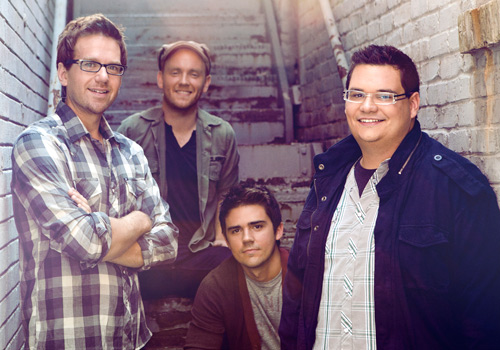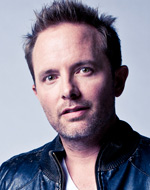16 Jul OneStory: Reaching Oral Cultures Through Bible Stories
It is estimated that two-thirds of the world’s people process new information orally, rather than in writing. Some are oral communicators by necessity, because they have no written language. Others may have a degree of literacy for certain basic functions, but will not use literate means to process more complex information such as found in the Bible.
For these oral communicators, life lessons are processed by observation, participation and oral communication—-stories, proverbs, genealogies, drama, song, chants, dance, ceremonies, rites of passage, oral histories, and epic. The gospel is communicated in the same ways.
To reach these people, an organization called OneStory works with mother-tongue speakers to develop and record chronological Bible “story sets” for each specific group–typically 40 to 60 stories in a two-year period. People tell these stories to each other, thereby spreading the gospel. These story sets form the beginnings of an “oral Bible” to be told and retold for generations.
The retelling of these “stories” opens the door to evangelism, discipleship, and church planting. Audio recordings are also used in many cases and can even be used in radio broadcasts.
 As members of Wycliffe Bible Translators, Roger and Marilyn Reeck (right) are workshop leaders and story production consultants (checking the stories for accuracy, clarity, etc.). The story consulting is done mainly online, so they can do there work from anywhere.
As members of Wycliffe Bible Translators, Roger and Marilyn Reeck (right) are workshop leaders and story production consultants (checking the stories for accuracy, clarity, etc.). The story consulting is done mainly online, so they can do there work from anywhere.
Roger and Marilyn have been working in One Story projects in the following countries:
Honduras. In Honduras, where they live, they supervise One Story projects for the Garifuna and the Misquito language groups. The Misquitos have completed one set of stories and are working on a second set. The stories are being used in home groups in remote communities as a church planting effort.
Guinea Bissau. The second area of concentration has been in Guinea Bissau, Africa. There are ongoing projects in the Kriolu, Mansonka, Biafada, and Kobiana language areas. Kriolu is the national language, and they already have two story sets completed.
Suriname. Last year Roger travelled to Suriname, a small country on the north side of South America, to lead workshops for projects in 3 different languages.
Venezuela. The Reecks recently returned from helping lead the first of five workshops to be held for 5 different language groups in Venezuela. In each group, national Venezuelan missionaries work as facilitators over these Indian projects. Several of these people groups are located on the Orinoco River. Roger will be the consultant to the Curripaco project and Marilyn to the Bari and Karina projects.
The OneStory partnership includes Campus Crusade for Christ, Pioneers, Trans World Radio, Wycliffe International, and YWAM. For more information about the One Story Project visit OneStory.org



 Huntington University has named Julie Hendryx (right) as the interim vice president for business and finance. She replaces Tom Ayers (left), who has left the university after 17 years to become the vice president for administration and business at Kettering University in Flint, Mich.
Huntington University has named Julie Hendryx (right) as the interim vice president for business and finance. She replaces Tom Ayers (left), who has left the university after 17 years to become the vice president for administration and business at Kettering University in Flint, Mich.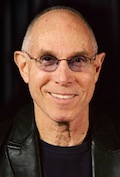
 Born in Los Angeles, Dave Kraft became Christian at age 20, and served with the Navigators for 38 years before retiring in 2005. He currently lives in Orange County, Calif., and travels around the country conducting “Leaders Who Last” seminars and working with several churches in Orange County in leadership development and coaching.
Born in Los Angeles, Dave Kraft became Christian at age 20, and served with the Navigators for 38 years before retiring in 2005. He currently lives in Orange County, Calif., and travels around the country conducting “Leaders Who Last” seminars and working with several churches in Orange County in leadership development and coaching.
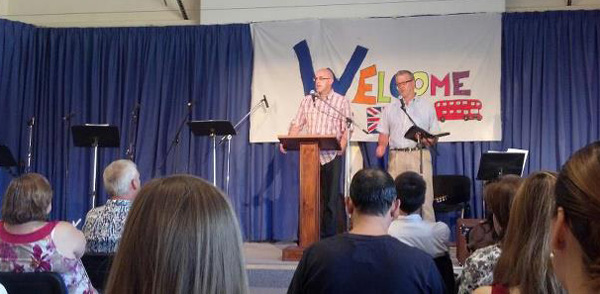
 Ron Anderson (right, with wife Brenda), Global Ministries endorsed missionary in Spain
Ron Anderson (right, with wife Brenda), Global Ministries endorsed missionary in Spain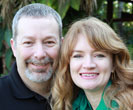 Jeff Dice returned to Michigan on July 5, along with his wife April, after
Jeff Dice returned to Michigan on July 5, along with his wife April, after 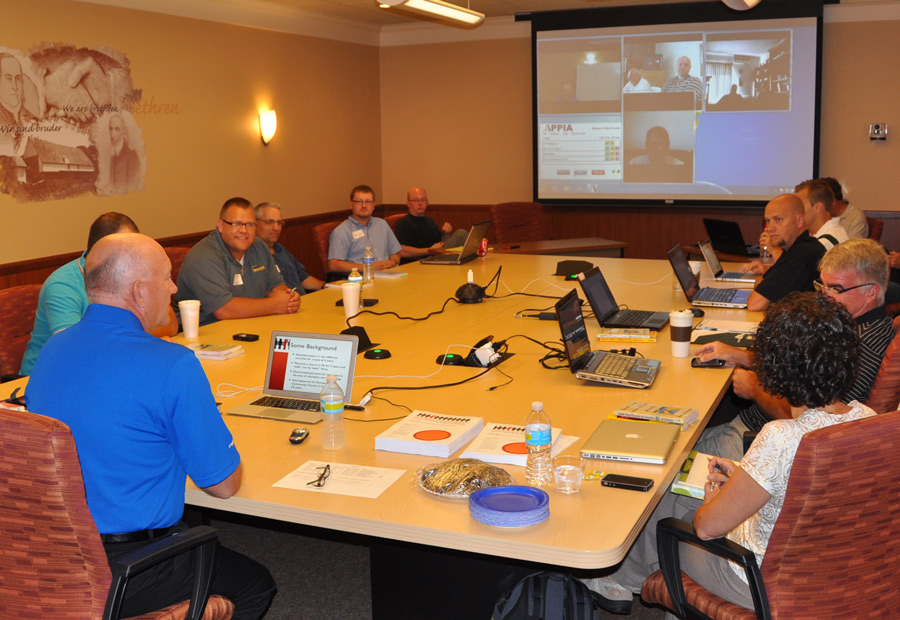
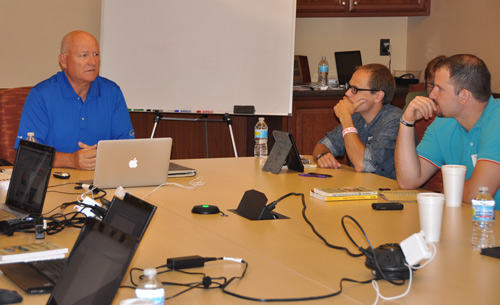
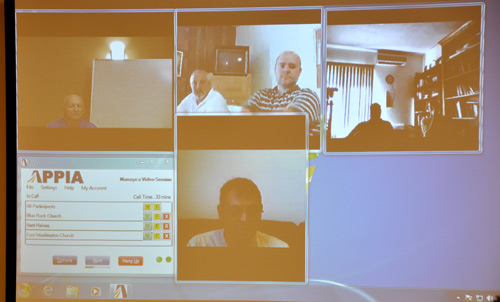
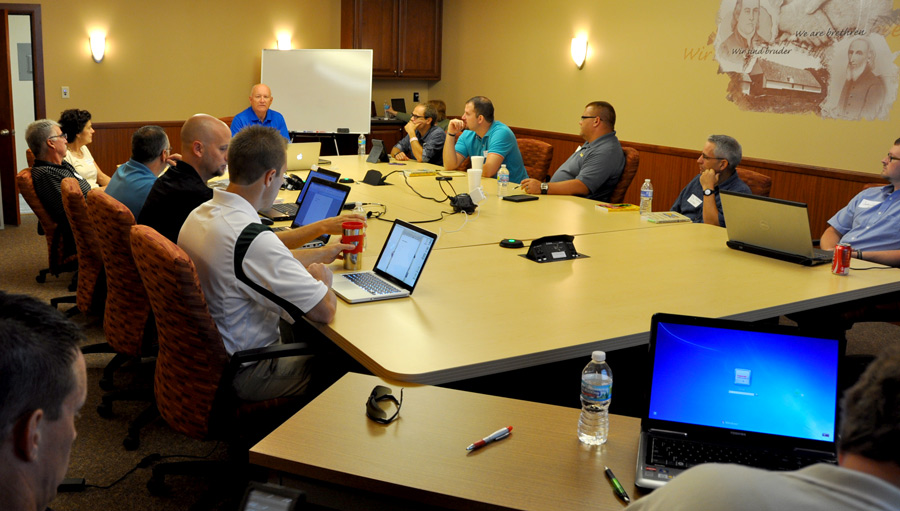
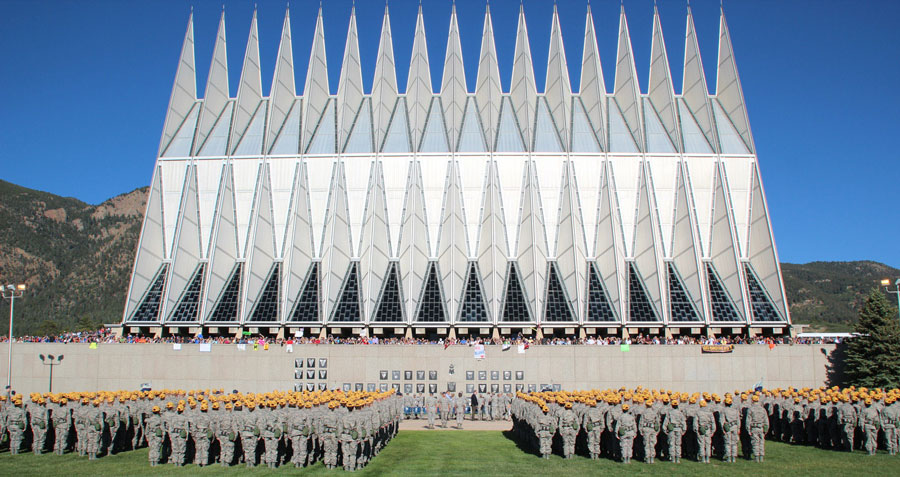
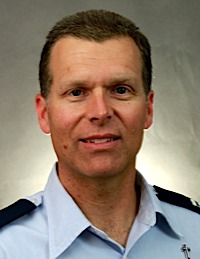 On June 20, I visited Chaplain Major Darren Duncan at the Air Force Academy in Colorado Spring. Darren is in his fourth year serving as a chaplain there. He met me at the gate and took me to the chapel.
On June 20, I visited Chaplain Major Darren Duncan at the Air Force Academy in Colorado Spring. Darren is in his fourth year serving as a chaplain there. He met me at the gate and took me to the chapel.